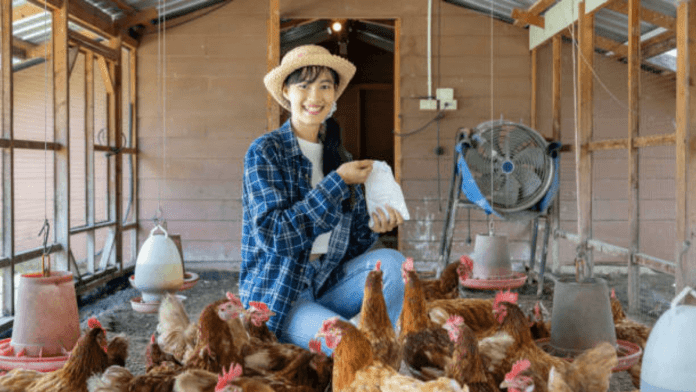News in Brief:
– Asia’s poultry market is expected to grow by 30% by 2030, driven by economic growth, population increases, and changing consumer preferences.
– Local farmers can capitalise on this growth through modern distribution networks, value addition, and potential export opportunities.
In a recent report, Rabobank predicts a significant 30% growth in Asia’s poultry market by 2030, marking a strong recovery from the pandemic’s impact. This presents substantial opportunities for local farmers, especially in South and Southeast Asia, the regions expected to lead this surge.
The COVID-19 pandemic severely affected poultry markets, causing disruptions in foodservice and traditional sales channels. This led to oversupply and reduced demand. Additionally, high feed costs, African swine fever, and avian influenza further complicated the situation. However, as the economy recovers, the poultry market is poised for a turnaround.
The anticipated growth is driven by robust economic prospects and population increases in the region. The International Monetary Fund forecasts annual GDP growth of 4.5% in Southeast Asian nations, with consumer spending power rising accordingly. This economic boost, coupled with a population boom—particularly in India, Pakistan, and Bangladesh—sets the stage for increased poultry consumption.
Consumers are gradually shifting their dietary preferences towards poultry. Traditionally, seafood dominated animal protein consumption in Asia, but this is changing. Poultry’s affordability, health benefits, and convenience make it an increasingly popular choice. In countries like Japan, where seafood consumption has declined, poultry is becoming more prominent.
Key figures and opportunities for farmers
For local farmers, this growth presents numerous opportunities. The expansion of modern distribution networks, including online food sales and food service platforms, is expected to create value addition and branding opportunities. Additionally, local production will drive most of the growth, although strategic imports will play a role in ensuring food security.
- 30% Growth: Expected in Asia’s poultry market by 2030
- 45%: Share of global population growth from South and Southeast Asia
- 4.5% GDP Growth: Projected annual growth in Southeast Asian nations
With less than 5% of the market currently supplied by imports, countries like Thailand, India, and Vietnam have the potential to become major exporters. This not only boosts local economies but also strengthens regional food security.



